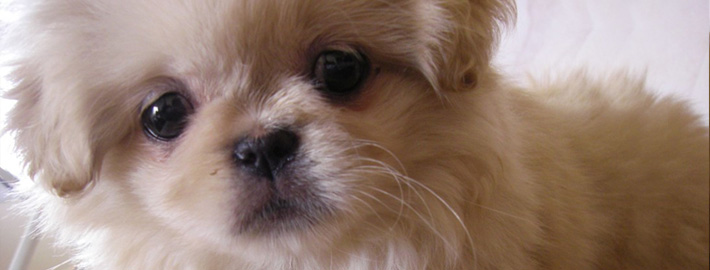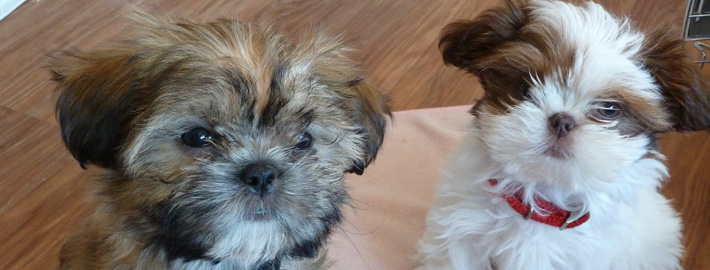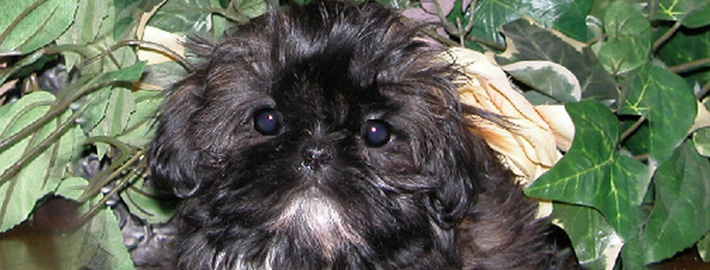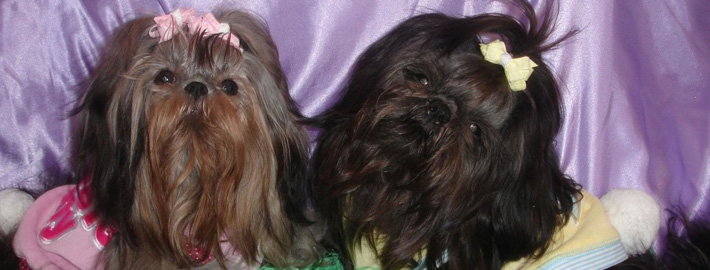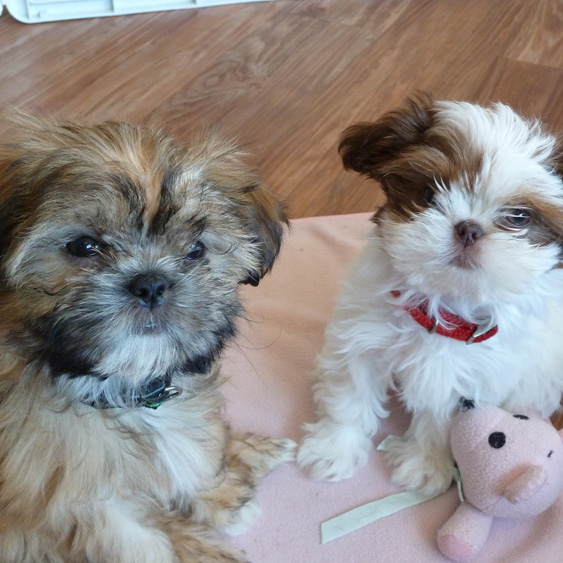What makes the Chinese Imperial Dog Unique?
The Chinese Imperial was bred as a family companion, and it suits its purpose well. It is playful, intelligent, and kind, tending to follow its owner from room to room and always eager to curl up on a bed or lap. Chinese Imperials are happy, trusting affectionate, and calm.
Breed Groups
- Toy Dog Breeds
- Lap Dog Breeds
- Family Dog Breeds
- Tiny Size
Page Contents
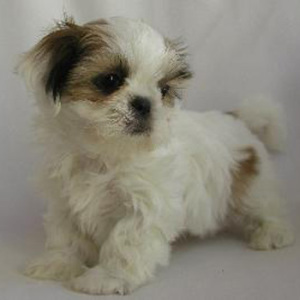
SnapShot
| Size: | Males – 23 cm (9 inches) Females – 23 cm (9 inches) |
| Weight: | Males – 4.1 kg (9 pounds) Females – 4.1 kg (9 pounds) |
| Origin: | China |
| Life Span: | 10 – 15 Years |
| Colour: | Black to cream to white, and can be solid, tri-colored or bi-colored, with bi-colored black and white being the most common |
| Litter Size: | 1 to 3 puppies |
Is the Chinese Imperial Dog Right For You?
The Chinese Imperial Dog is almost identical in appearance to the Shih Tzu, differing mainly in size and the head’s size relative to the body. This is a very tiny dog. The Chinese Imperial Dog is a true companion. It does well in any indoor home and is the perfect size for an apartment.
They are sturdy, happy, playful little dogs with an affectionate and loving temperament that is ideal for their role in life. They are intelligent, outgoing, trusting and energetic dogs that will also be content to sit quietly on a lap for as long as it is allowed. They are vivacious and cooperative with a streak of independence. The Chinese Imperial Dog is playful and energetic. They need daily pack walks to burn mental and physical energy. Make sure you are this dog’s firm, confident, consistent pack leader to avoid Small Dog Syndrome, human induced behavior problems. Always remember, dogs are canines, not humans. Be sure to meet their natural instincts as animals.
In 5 Words
- Playful
- Sweet
- Energetic
- Sturdy
- Happy
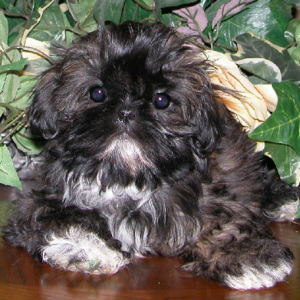
Characteristics
Learn About the Chinese Imperial Dog
Description
The Chinese Imperial Dog is a compact, well-muscled toy breed with sturdy bone structure and a sweet facial expression. They have well-developed bone structure and a body that is properly proportioned. Its dense,luxurious coat gives this breed an endearing and striking appearance. Chinese Imperial dog does not harm kids or adults. It is very easy to train and very keen to please its master.
The Chinese Imperial Dog is a small breed of dog with a wrinkly, short-muzzled face, and curled tail. Kennel clubs originally classified the breed under the shih-tzu, before recognizing the Imperial as a separate breed.
Short History of the Chinese Imperial Dog
The Chinese Imperial Dog was first bred in China in the Imperial Palace where the smaller ones were carried by the nobility in the sleeves of their robes. After coming to the USA there were always breeders that bred the smaller dogs but the Chinese Imperial Dog did not receive recognition until March 2005.
Temperament
The Chinese Imperial Dog is essentially identical to that of the Shih Tzu, but this breed is much less well-suited to living with young children. This is not due to any unique behavioral feature but rather the fact that this dog is so small and delicate that even adults are easily injured accidentally.
Caring for Your Chinese Imperial Dog
General Health
It does not appear that any health studies have been conducted on the Chinese Imperial Dog specifically, which makes it impossible to make any definitive statements about the breed as a unique entity. However, thousands of Chinese Imperial Dogs have been included in Shih Tzu health surveys so any health information about the Shih Tzu is likely to apply to the Chinese Imperial Dog as well.
Grooming & Bathing
The coat should be trimmed once a month to every six weeks. If the coat is kept according to the standard: occasional bathing, ear care and regular clipping.
Exercise & Training
The Chinese Imperial can have most of its exercise needs met by indoor play, but it loves long walks and playtime in a fenced-in yard. Chinese Imperials cannot regulate their body temperature easily, which makes them highly prone to heat exposure; they should never be over exercised or left outside in hot weather. The Chinese Imperial is well-suited to apartment life.

